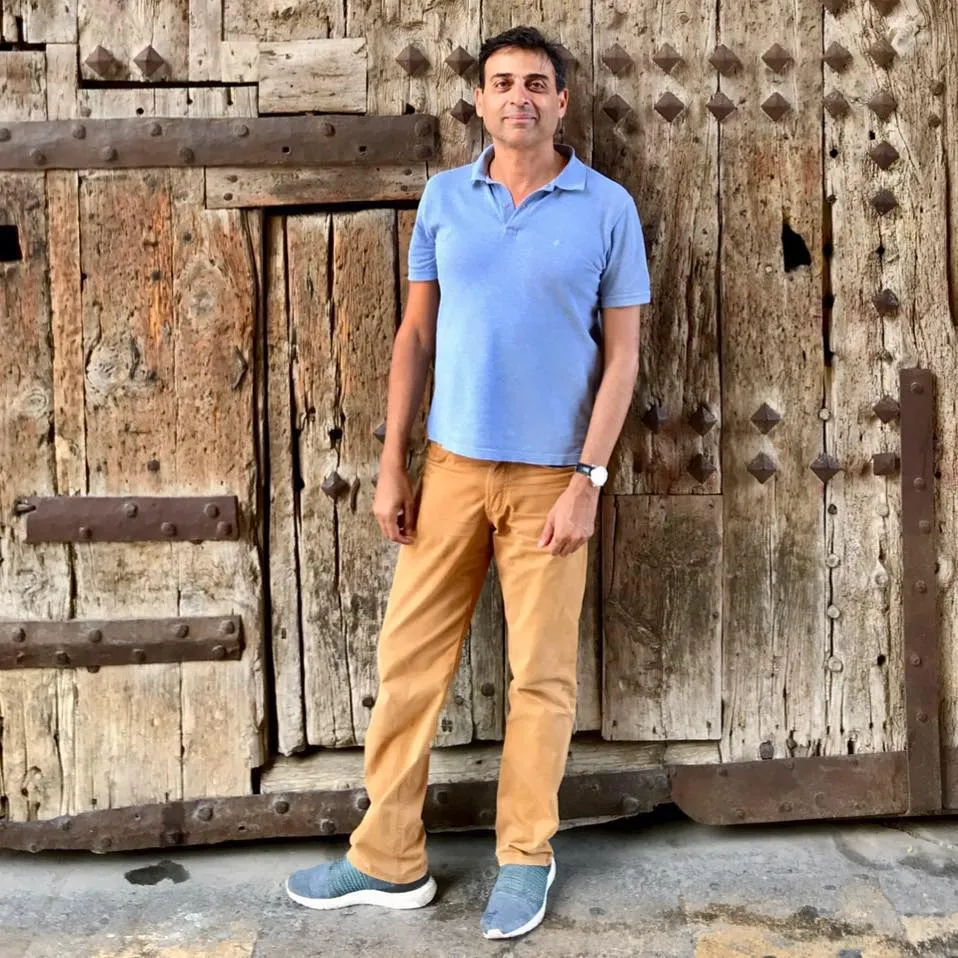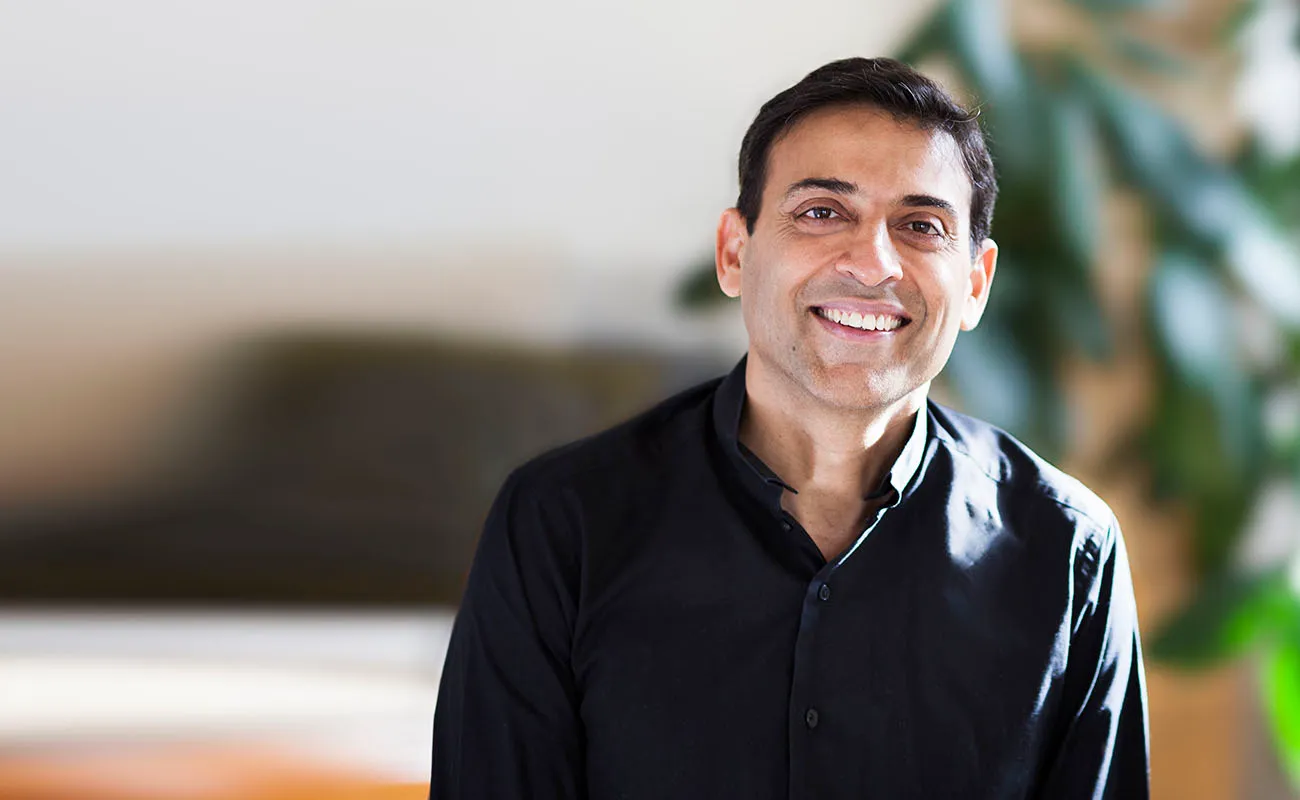(January 31, 2023) Back in 2013, when Ambati Prudhvishwar Reddy began practising at the Europe Basketball Academy (EBA) in Barcelona, Spain — his acrobatic abilities, agility, swift moves, and teamwork — earned him a lot of admirers among professional athletes and coaches, almost instantly. One among them, in particular, was the academy’s head coach, Srdjan Premovic, who introduced Prudhvishwar to a ‘basketball life’ in its truest sense, replete with intense training and a tough fitness routine, which improved his game. So much so that when the budding basketball player informed him that he had no money to continue in EBA, three months after his arrival, Premovic not only helped him continue in the academy for one year but also bought his air tickets back home when Prudhvishwar was selected to play in the Indian basketball team!

“While leaving Spain, I promised my coach that I will never let him down, come what may. I kept my word,” smiles Prudhvi, as he is known in basketball circles, in an exclusive conversation with Global Indian. Standing tall at 6.2, the professional basketball player made India proud in various national and international tournaments. Representing Telangana state four times to playing for Christian Life prep school in the US to being selected amongst the two best players in India and going to the US once again for UBA — the list of his achievements is really long. “Practising in Spain was very tough and it was the turning point in my life. Training with highly professional athletes and professional coaches made me what I am today,” says the 27-year-old basketball player.
Double dribble
Born in Siripuram, Nalgonda district of Telangana, Prudhvi studied at Niraj Public School in Hyderabad and later went to St. Mary’s College, Yousufguda. While his mother A Upendra Reddy worked as a PT teacher in the same school, his father A Ravinder Reddy is into business. As kids, he and his brother Rajasekhar Reddy, now a mechanical engineer in the US, loved to play cricket and used to go for regular coaching. “Back then, I wanted to become a professional cricket player,” informs Prudhvi, who soon gave up the sport to perform better academically.
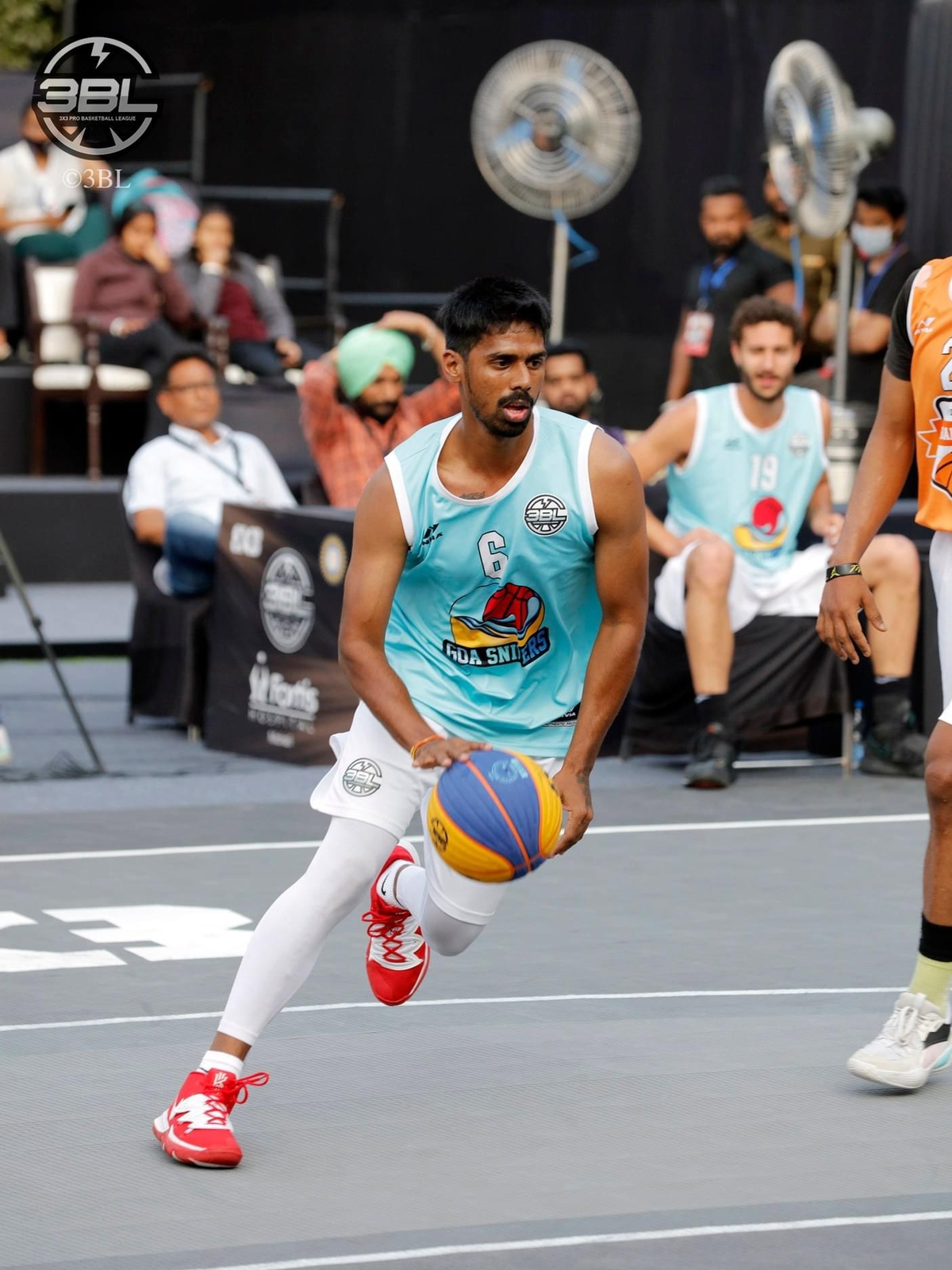
In school, Prudhvi was an enthusiastic kid who always wanted to run around and play. “Be it any sport, I had that competitive spirit in me to win the game,” says Prudhvi who won the best sportsperson award in class 10. The event was a memorable one as it was his mother, as a PT teacher, who handed over the award. Academically too, he performed well, having passed class 10 (ICSE board) with 81 percent.
Years later, when his brother was getting into basketball coaching, after much prodding by their mother, who felt playing the sport would make him taller by a few inches, Prudhvi decided that he too would follow suit. Moreover, he felt his athletic physique was best suited for basketball. By the time he turned 16, Prudhvi was making all the right moves on the basketball court. Not one, he was going to three different places in Hyderabad for coaching.
The young sportsman would regularly create videos of him playing basketball and upload them on YouTube. A coach from EBA even got in touch with Prudhvi after he saw his videos. But back then, the budding basketball player was in no mood to give up his education and travel to Spain for training.
When the going gets tough…
Back home, Prudhvi was not able to get through the selection process in Indian basketball camps. “I realised that the training I was receiving back then was not good enough to get selected for the Indian team. The following year, I made up my mind to go to Spain for professional training,” informs Prudhvi, who was among the country’s top 16 chosen by the UBA (United Basketball Alliance) to visit the US after seasons two and three, where he averaged 20 and 25 points per game.
He left for Spain soon after his EAMCET exams. “My father agreed to it the moment I told him about Spain. We gathered all the necessary information, pooled the money, and left for Spain. This was the beginning of my basketball journey,” informs the basketball professional.

At EBA, Prudhvi was in the best hands. Sporting his talent early, EBA coach Srdjan Premovic took Prudhvi under his wings and he wasted no time picking up the nuances of the game. “Playing with some of the best basketball professionals from across the world and the best facilities was something I missed in India. It made a huge difference,” points out Prudhvi, whose coach admired him for his “hunger for the game.”
He excelled as a point guard in the game, whose primary job was to facilitate scoring opportunities for the team. A point guard has the most specialised role of any position and is expected to run the team’s offense by controlling the ball and making sure that it gets to the right player at the right time. “My coach would always challenge me and treated me with 10 euros if I scored the most points. He used to push me harder. To this day, I keep following what I learnt there,” recalls Prudhvi. When it came to Indian basketballers, coach Premovic would describe Prudhvi, as “one of the best materials to work with.”
Upon returning to India, Prudhvi achieved success at the 2014 South Asian Basketball Association (SABA) championship in Bengaluru. Later, his game was noticed by the coach of Christian Life Academy in Houston, Texas where he spent another year of intense training. For Prudhvi, playing in the US was a different experience when compared to Spain. “In Spain, it was mostly training while in the US, I was representing a prep school where we had games throughout the year and it was all about performance,” says Prudhvi, whose experiences and exposure abroad helped him improve his game great deal.
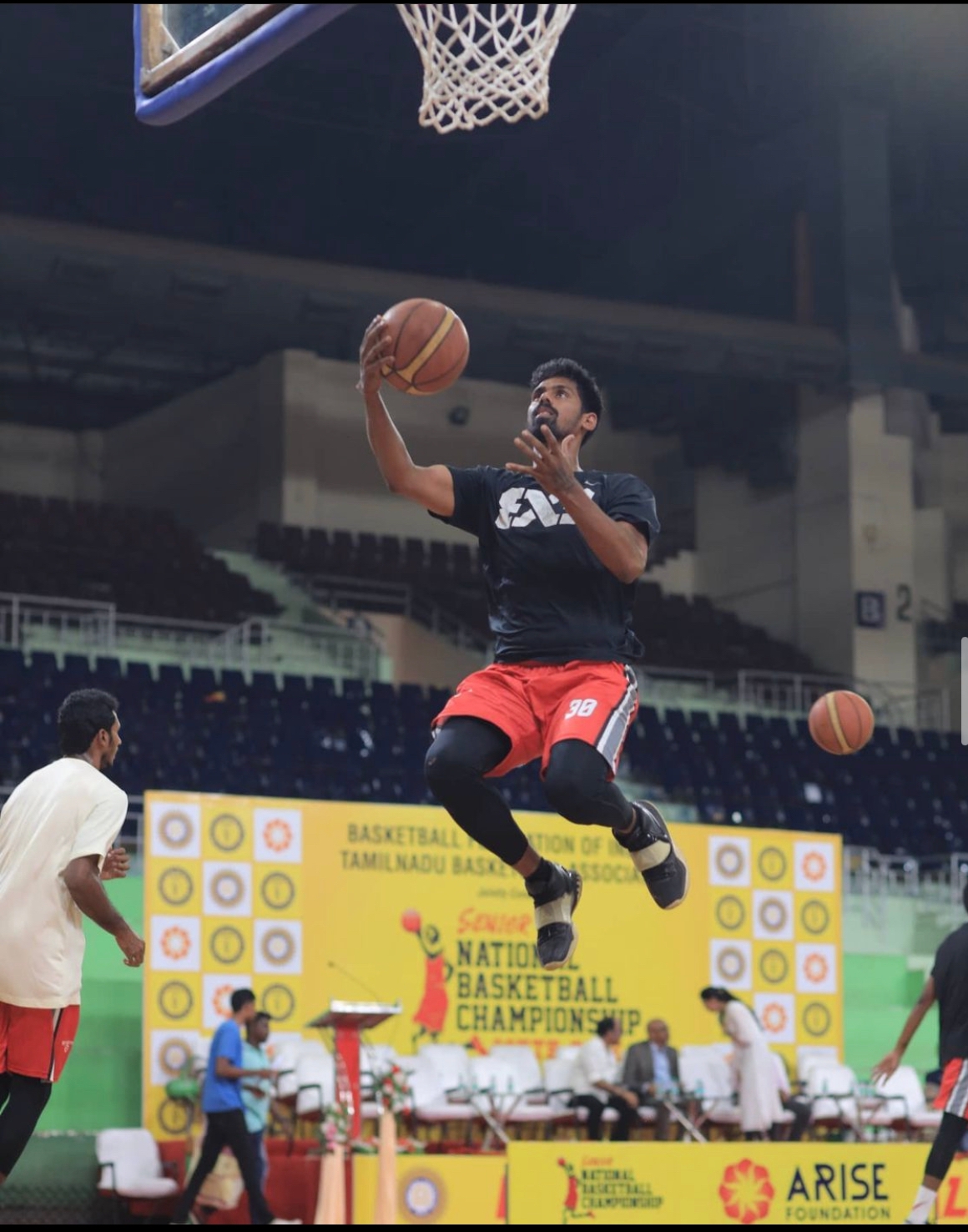
While in the US, he also worked for a Mexican as an interior designer where he used to design bedrooms into their favourite hero or sports figure themes. “I used to go for NBA games where I met NBA player Tyler Ulis who was playing for Phoenix’s Suns team,” says the professional. Tyler is an American professional basketball coach.
Scaling new heights
With the United Basketball Alliance (UBA) making inroads in India, his career received a major boost. Prudhvi was selected by the Mumbai Challengers on an annual contract in the UBA’s second season.
So what makes for a good basketball player? Prudhvi says it takes years of hard work and consistency for any athlete to make it big in sports. As for basketball, one needs good training and routine. “Having a good diet, eating on time, fitness and regular practice is a must,” he points out.
Speaking about his future plans, the basketball player says, “Well, I just fulfilled my dream of opening my basketball academy in Hyderabad. Just like EBA, it consists of everything a basketball player needs including a gym, sports rehab, physio, Ice bath, hydrotherapy, and recovery. It is India’s first such academy,” smiles a beaming Prudhvi, adding that his goal is to educate people that there is life and profession in basketball.
Since he is occupied with basketball for the most part of the day, he makes it a point to watch NBA highlights whenever he has the time. “Otherwise, I spend time with friends,” he says.
- Follow Ambati Prudhvishwar Reddy on Facebook

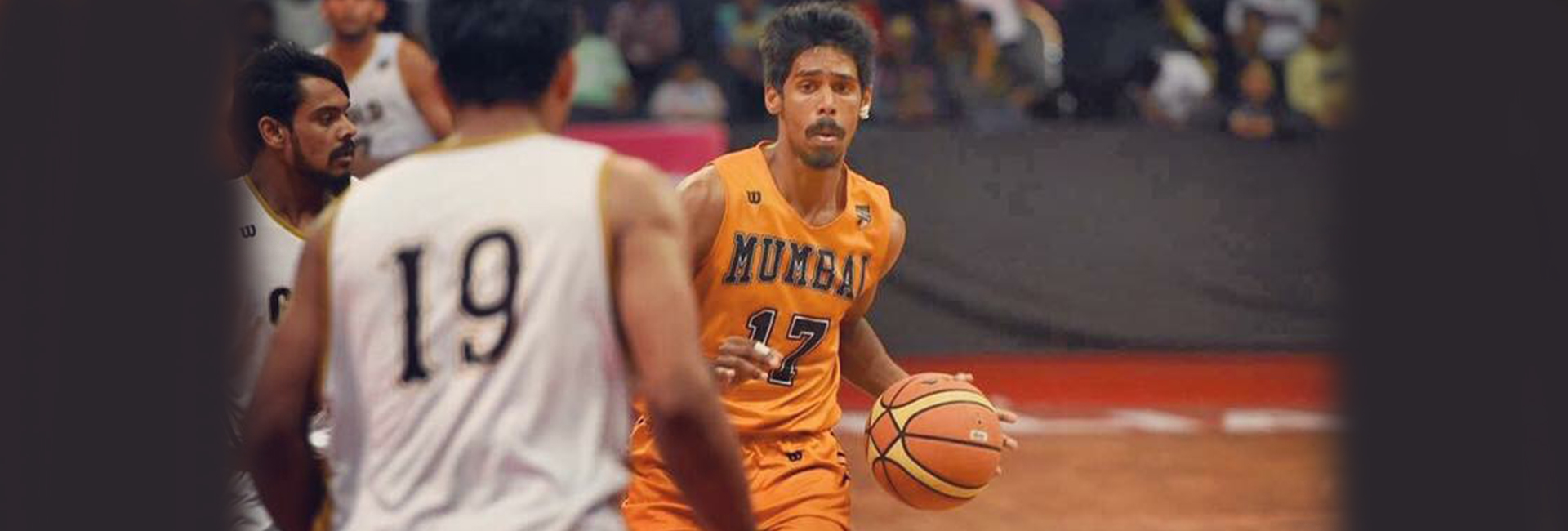
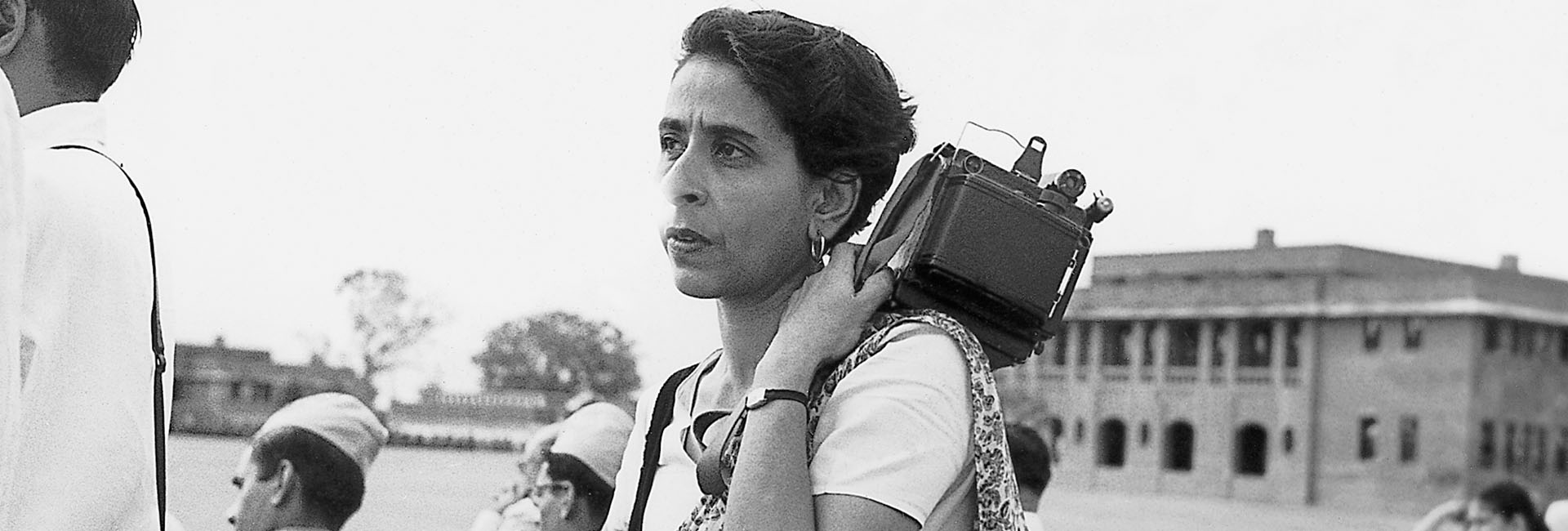
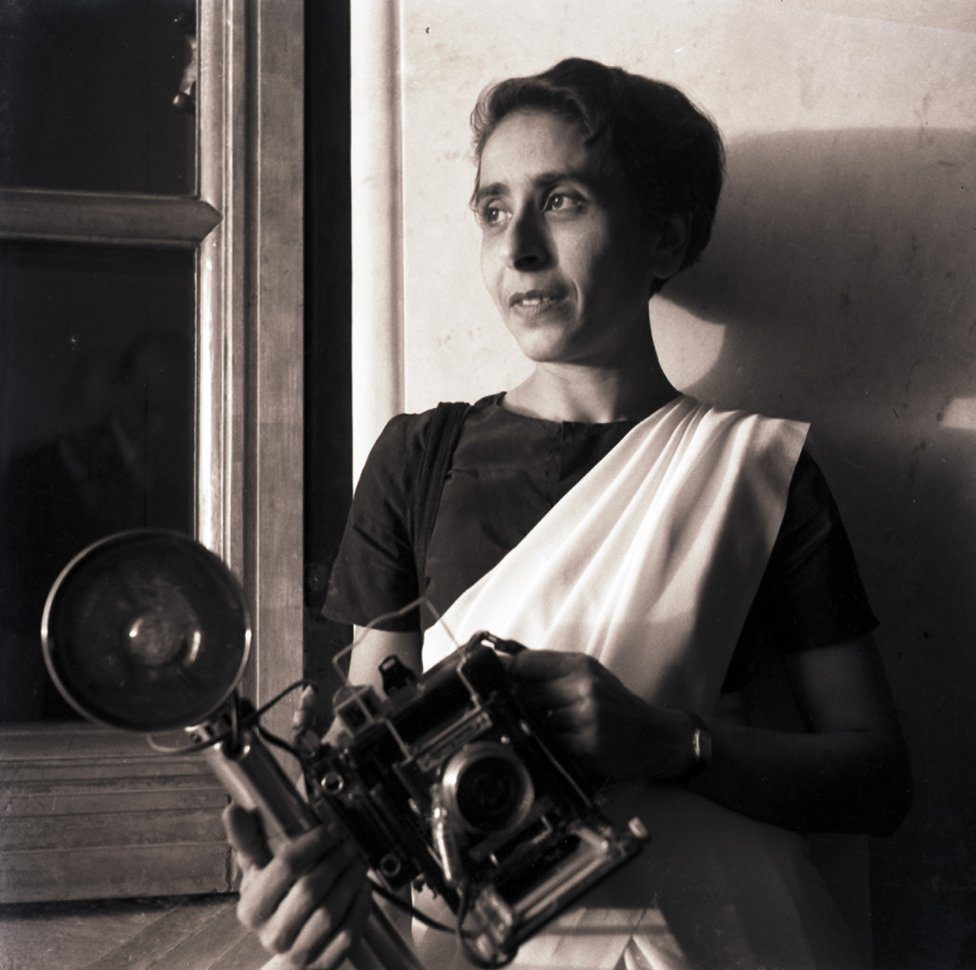 Homai Vyarawalla with her still camera[/caption]
Homai Vyarawalla with her still camera[/caption]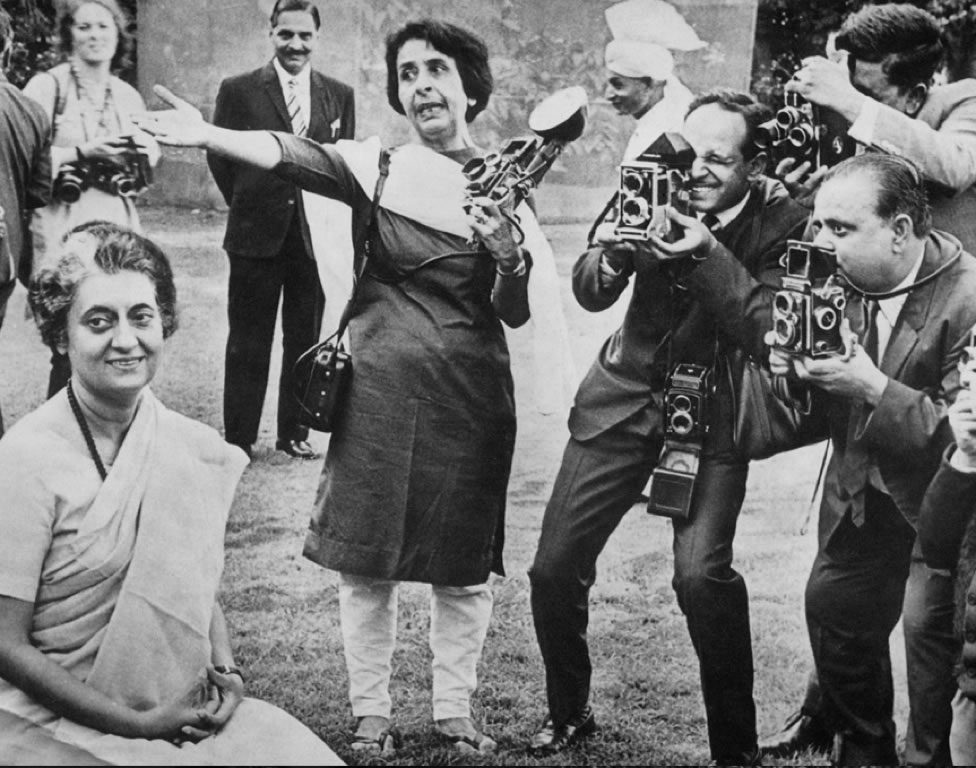 Homai Vyarawalla clicking Indira Gandhi during an event.[/caption]
Homai Vyarawalla clicking Indira Gandhi during an event.[/caption]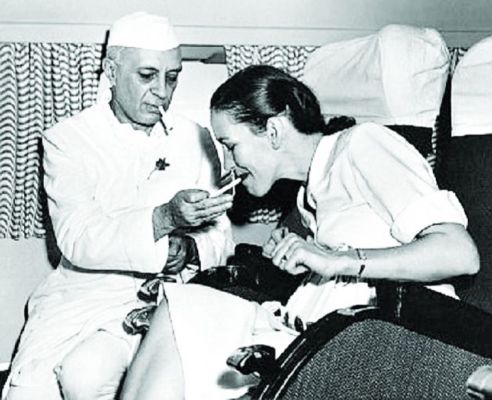 Homai Vyarawalla clicked this photograph of Pandit Nehru[/caption]
Homai Vyarawalla clicked this photograph of Pandit Nehru[/caption]
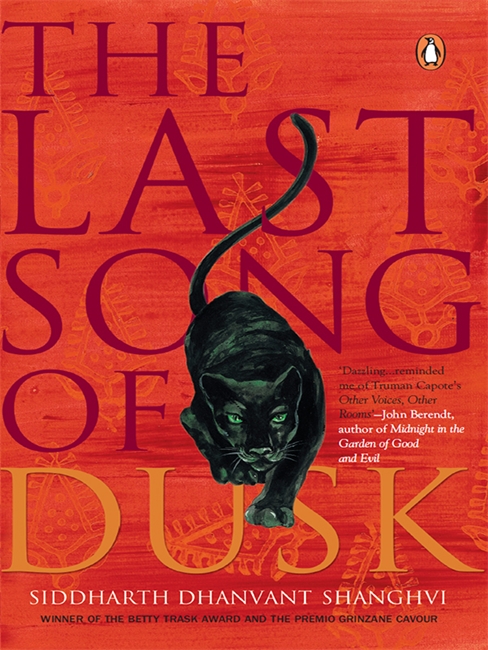

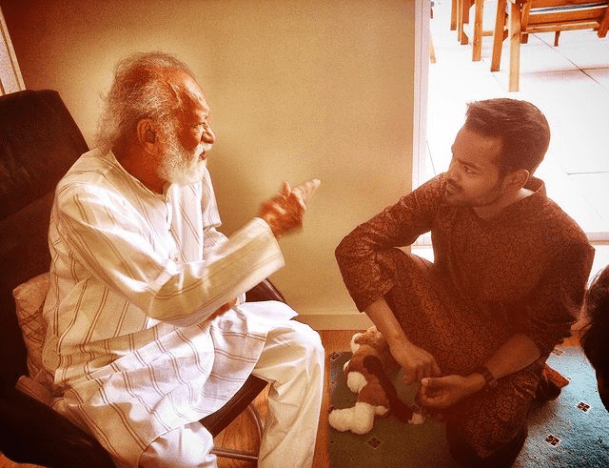 Soumik with Pandit Ravi Shankar[/caption]
Soumik with Pandit Ravi Shankar[/caption]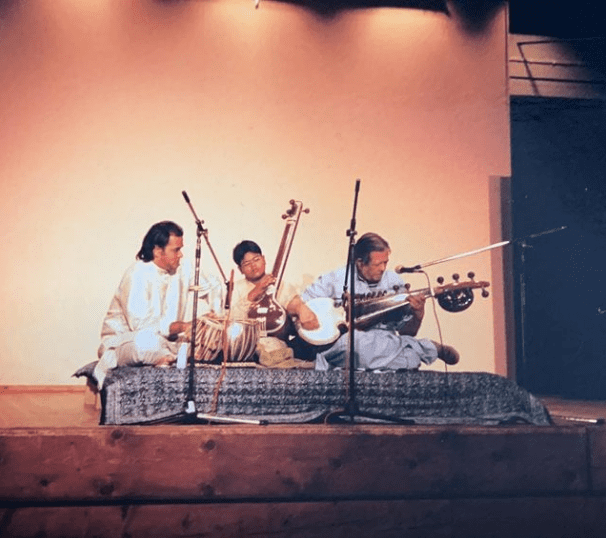 Young Soumik, playing the tanpura, with his guru Pandit Buddhadev Das Gupta[/caption]
Young Soumik, playing the tanpura, with his guru Pandit Buddhadev Das Gupta[/caption]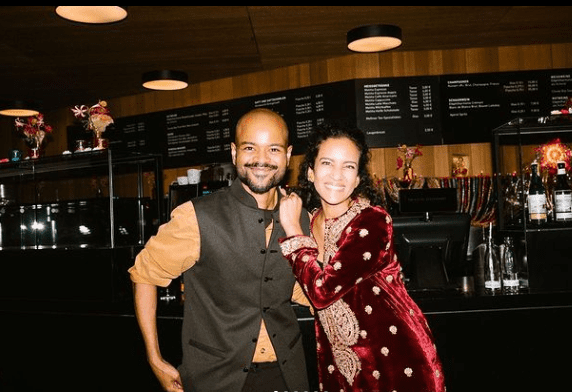 Soumik with British-Indian-American sitar player, Anoushka Shankar[/caption]
Soumik with British-Indian-American sitar player, Anoushka Shankar[/caption]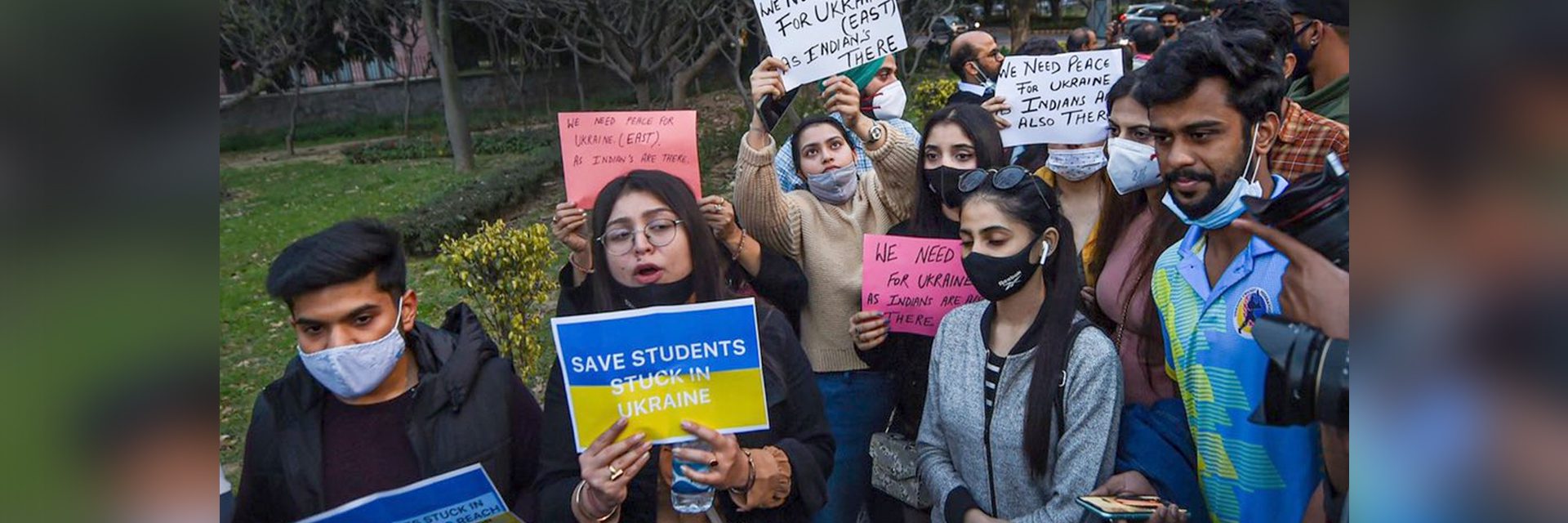
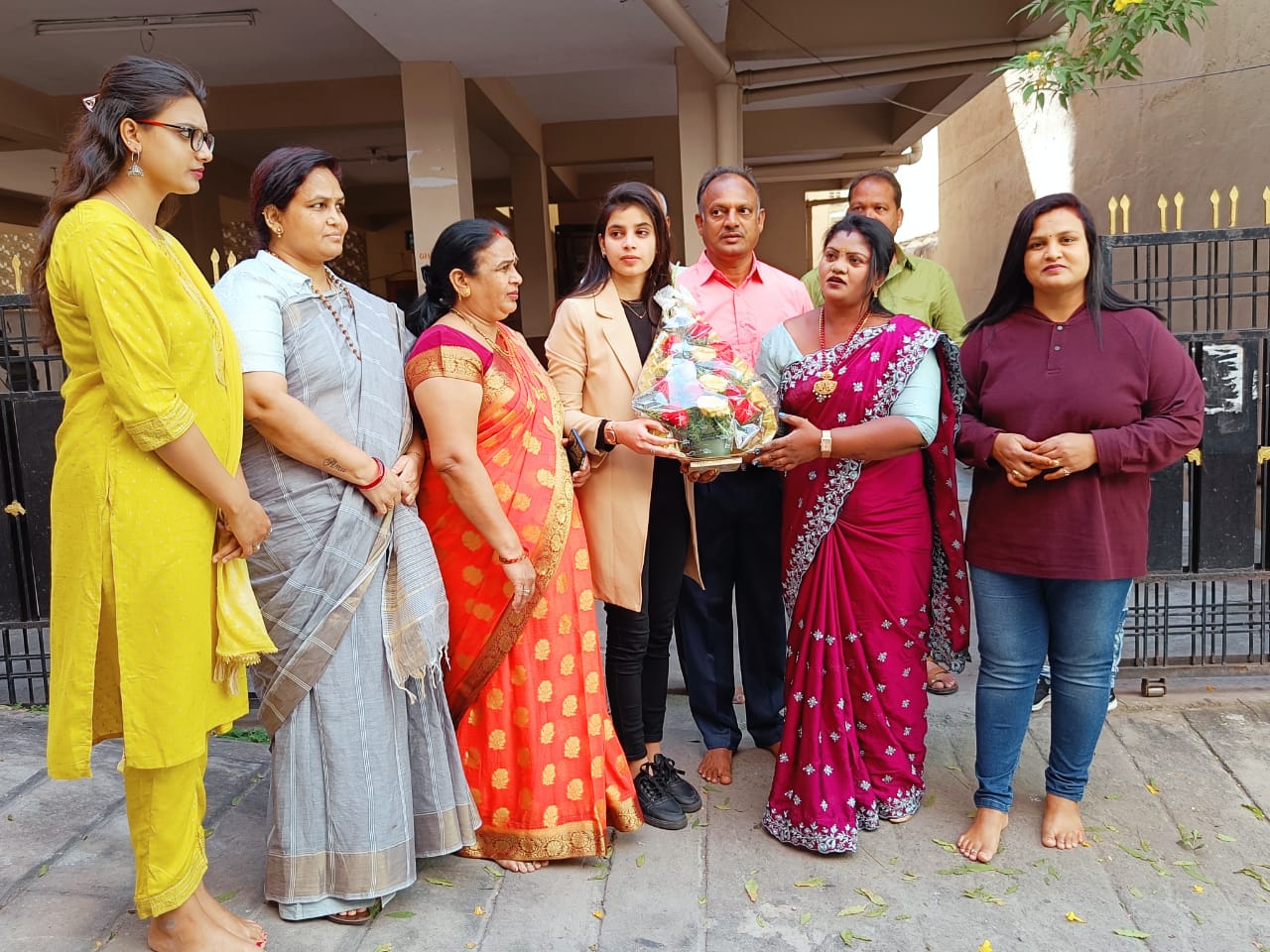 Priyanka L with her family in India[/caption]
Priyanka L with her family in India[/caption]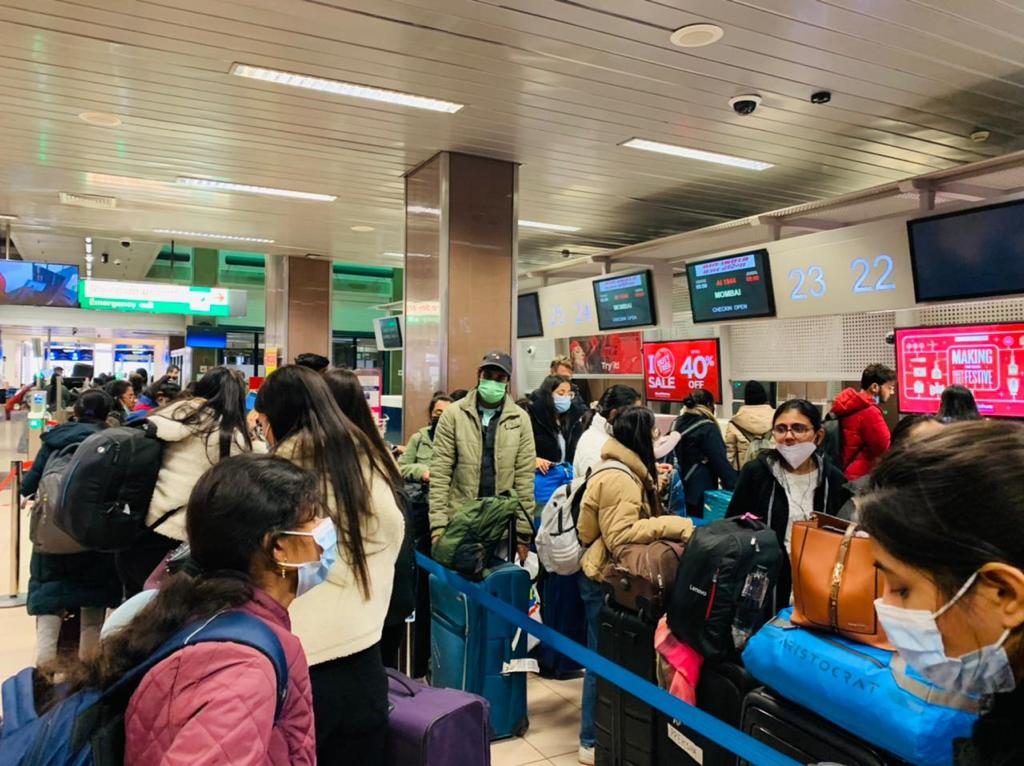 Indian students boarding the flight to India from Romania[/caption]
Indian students boarding the flight to India from Romania[/caption] Indian medical student Shylaja in Ukraine[/caption]
Indian medical student Shylaja in Ukraine[/caption] Indian medical students being evacuated from Ukraine[/caption]
Indian medical students being evacuated from Ukraine[/caption]
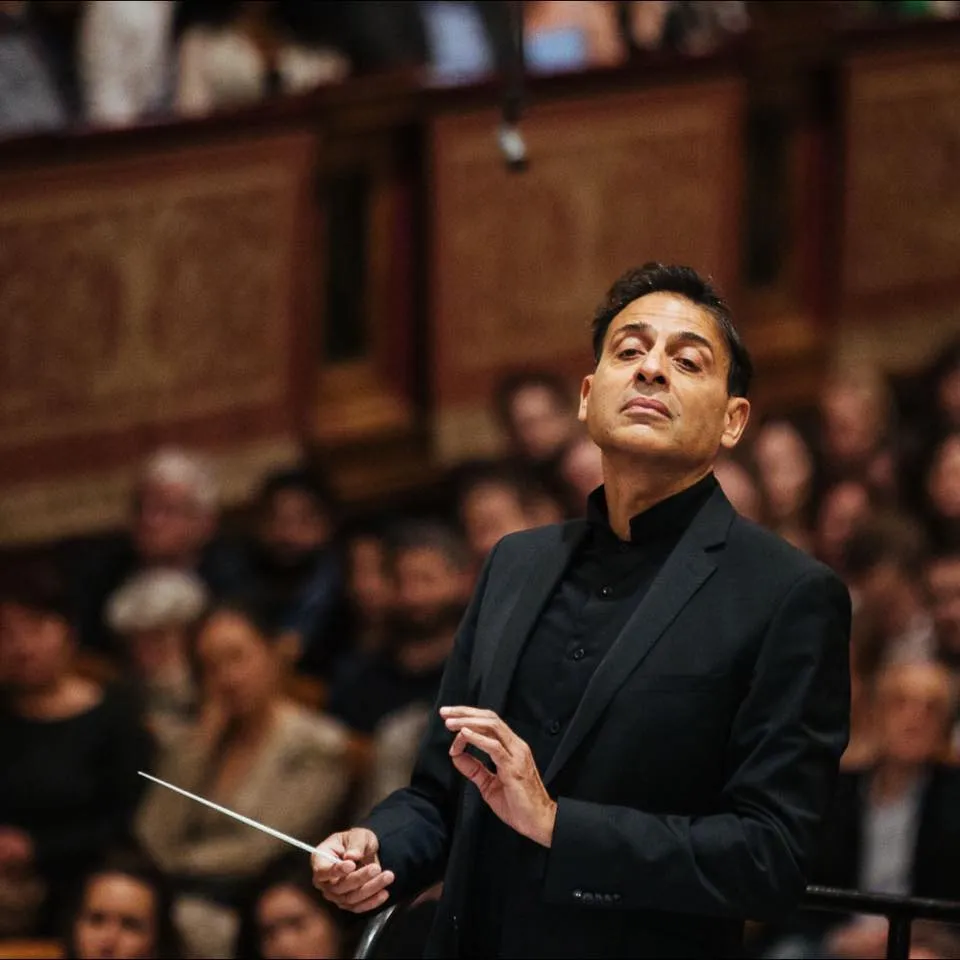 Conductor Vijay Upadhyaya[/caption]
Conductor Vijay Upadhyaya[/caption]